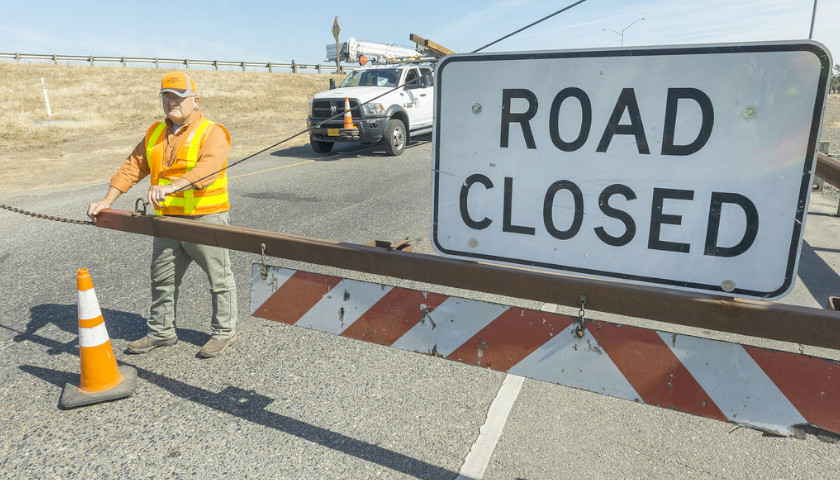by Lauren Jessop
The reopening of a three-mile section of Route 611 through the Delaware Water Gap – shut down since December 2022 due to rockslides – has been complicated by a combination of nature and red tape.
In the meantime, area residents pay tolls multiple times a day along a detour that crosses into New Jersey and business owners struggle to keep their doors open.
State and federal lawmakers have grown impatient with the state’s slow response.
At a House Appropriations Committee hearing in March, Rep. Ann Flood, R-Pen Argyl, pressed PennDOT Secretary Mike Carroll for answers as she expressed concerns about the ongoing detour and the financial impact the damage has wrought.
Carroll told Flood he’s “hopeful that the National Park Service will be a more willing participant to help us solve a safety problem that exists for folks that used to travel 611.”
He said that while the state cannot afford to overlook the potential dangers posed by significant rock falls – which could lead to injuries or fatalities – he acknowledges the inconvenience the closure causes.
Carroll added that he believes park service is being “a little bit too prescriptive with their set of rules” concerning dealing with rock falls that can and have occurred.
In recent meetings between federal, state, and local officials, Carroll said he played a role in facilitating permission for PennDOT and their contractors to “get in there and at least get one lane open soon.”
Flood, who has been part of those discussions, told The Center Square there is some good news. After an in-depth review, it was determined the amount of scaling required will not be as expensive as previously thought, and the timeline for getting one lane opened is early July.
She explained PennDOT must submit a revised permit to the park service, which they anticipate will be presented for approval during the upcoming House Appropriations Committee meeting on April 10.
Once approved, she said, it will take 30 days to get PennDOT equipment and contractors to the site. The road will remain closed during the scaling process, which is estimated to take six to eight weeks to complete.
Jayanty Kalapnath, manager of the Dunkin’ Donuts on Route 611 in Portland, told The Center Square while some regulars keep the store afloat, the drop in commuters can’t be understated.
Since the closure, Kalapnath estimates business has dropped between 30% and 50%, forcing her to cut back staff and reduce their hours of operation. She, and many others, have to pay tolls just to get to work.
Previously, she commuted straight down 611. She must now detour onto Route 80, leave Pennsylvania, cross into New Jersey, pay a toll, then cross back into Pennsylvania – a journey that is reversed at day’s end. In the process, she pays two tolls per day, noting the rates also increased in January.
Flood has heard similar concerns from others who make multiple state crossings for everyday trips such as grocery shopping and doctor appointments. At a meet-and-greet she hosted last month, one man told her he pays an extra $3,000 per year in tolls.
Flood said it’s important for the work to be done correctly to prevent it from happening again, but added, “It’s definitely high time that the road opening makes some progress.”
She also sympathizes with concerns about shifting geography and wildlife, but said it’s time to prioritize humans.
“Everybody gets wrapped up in the extra things, forgetting about wh
– – –
Lauren Jessop is a contributor to The Center Square.
Photo “Road Closure” by Oregon Department of Transportation. CC BY 2.0.








